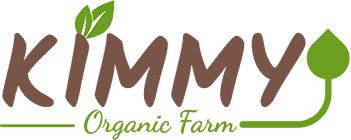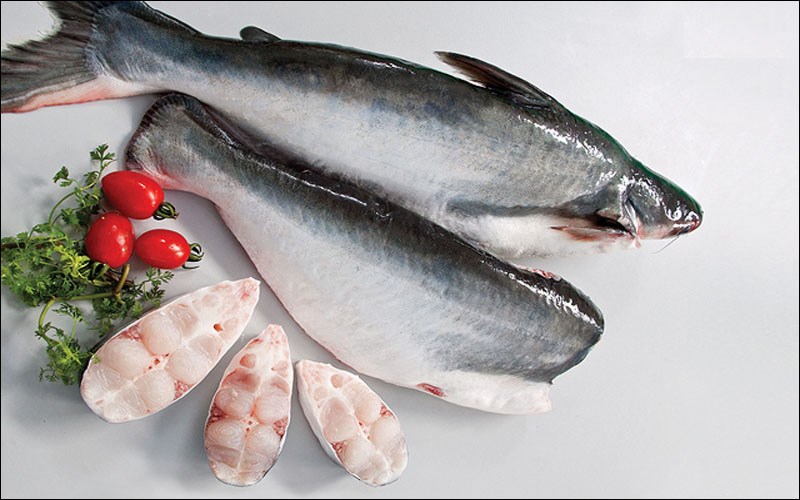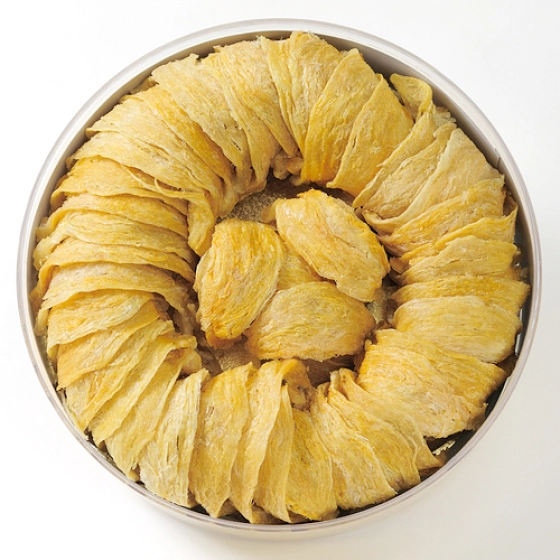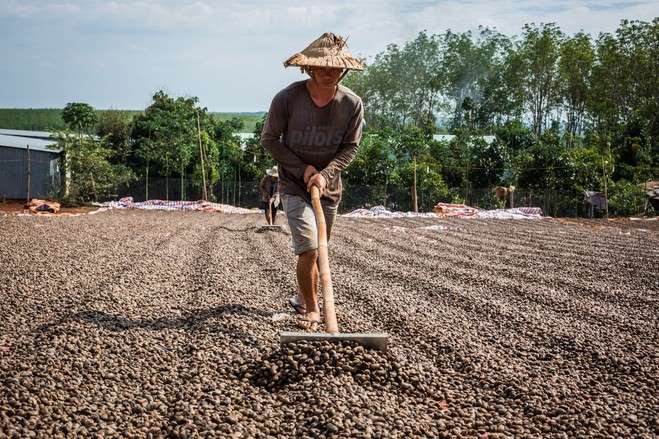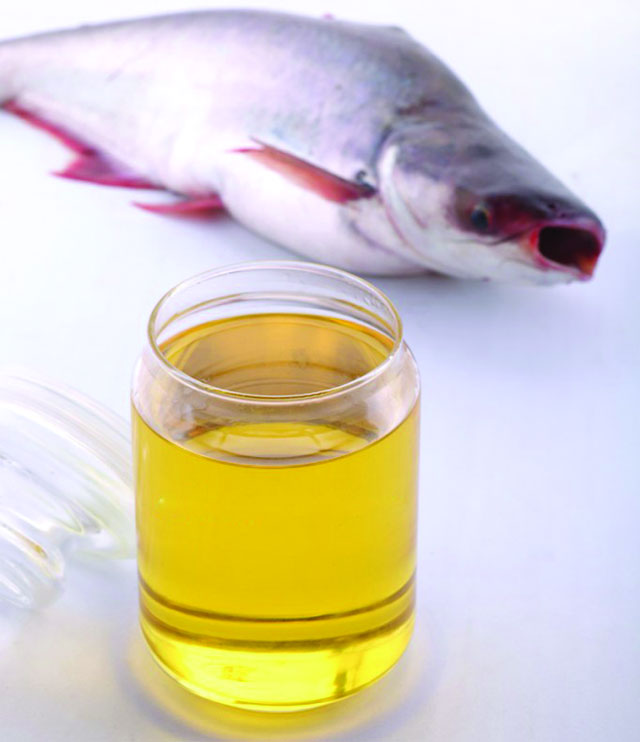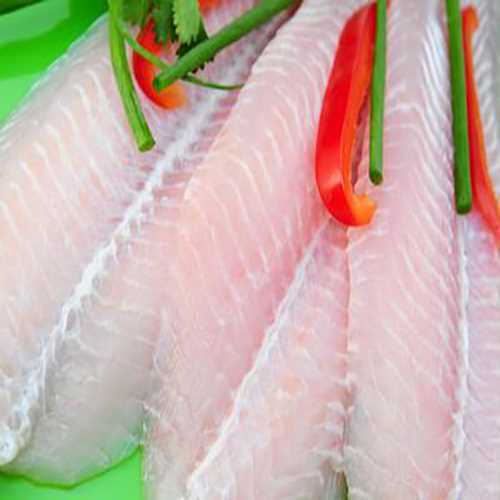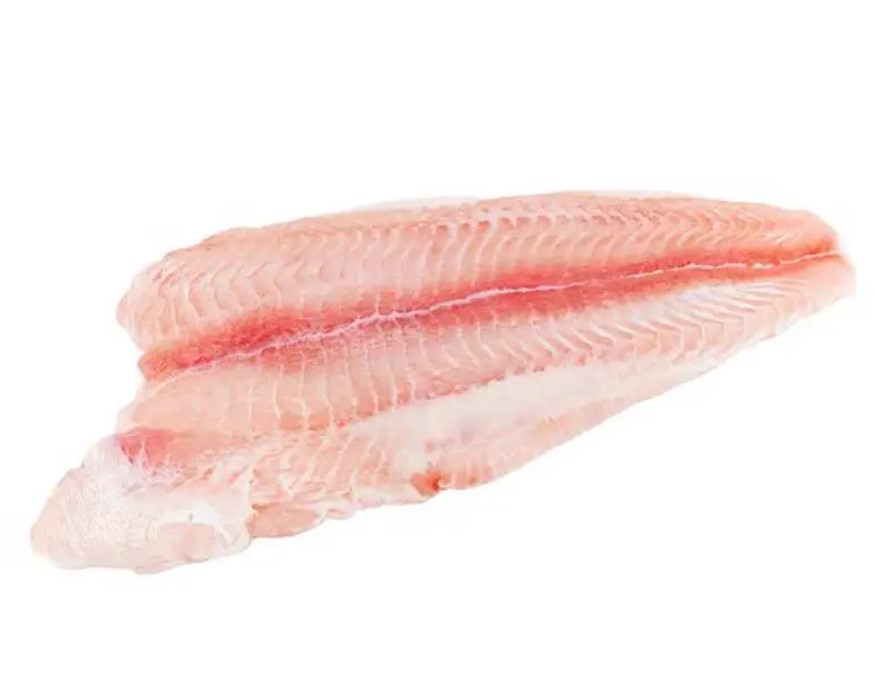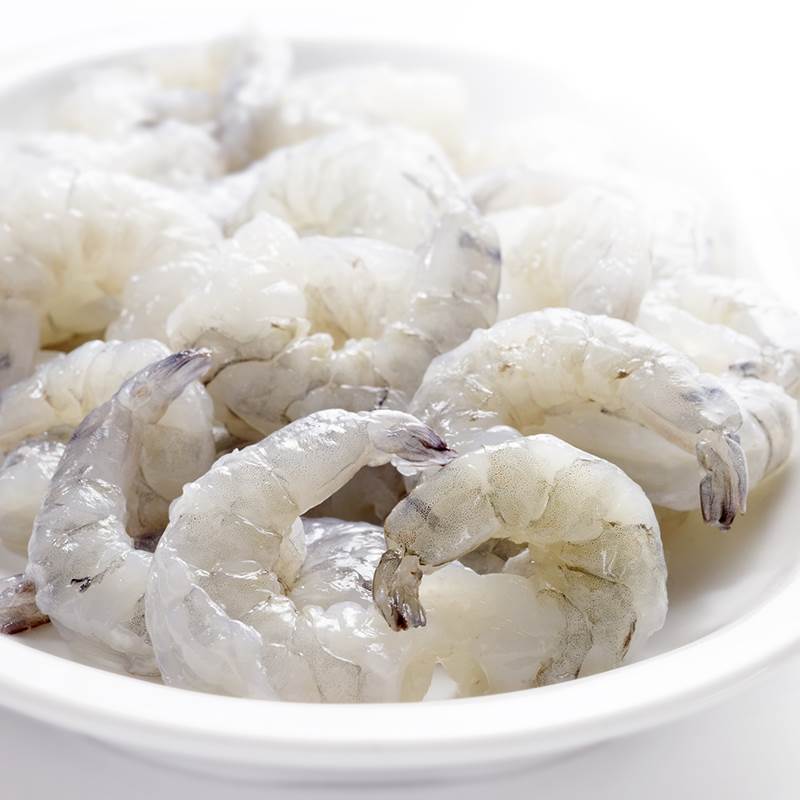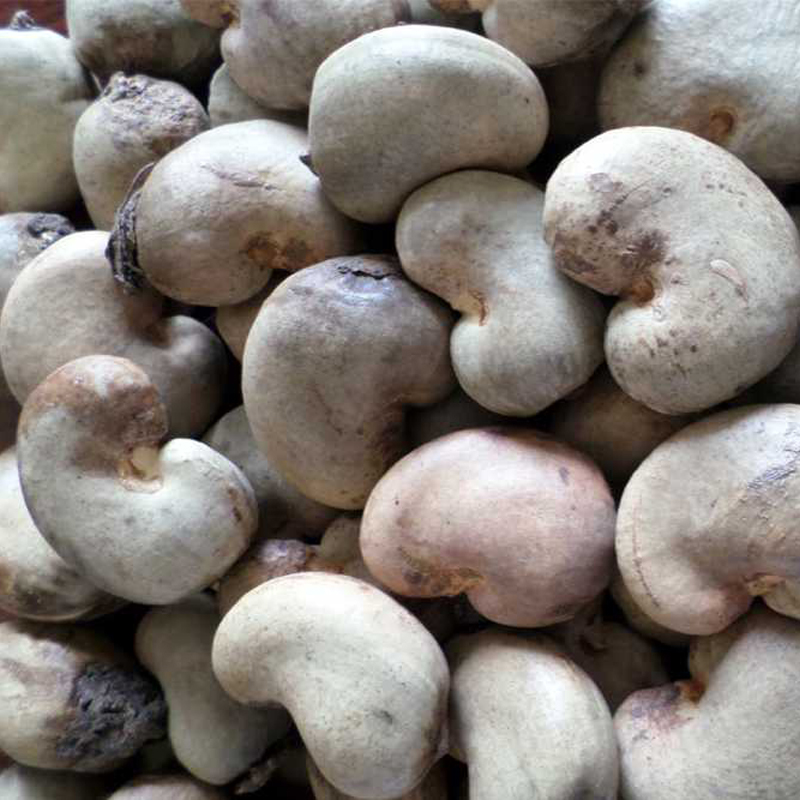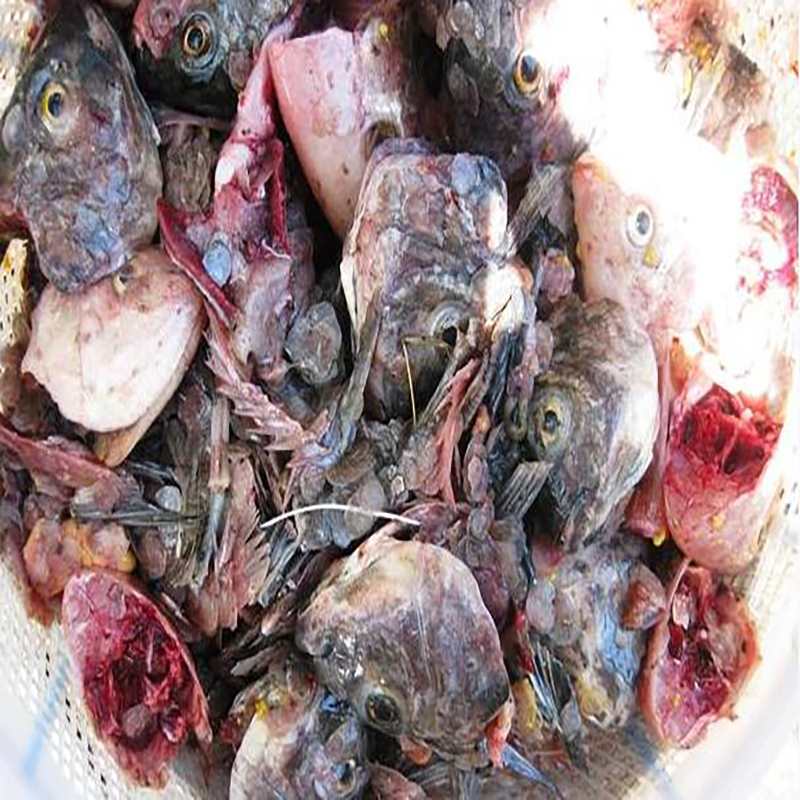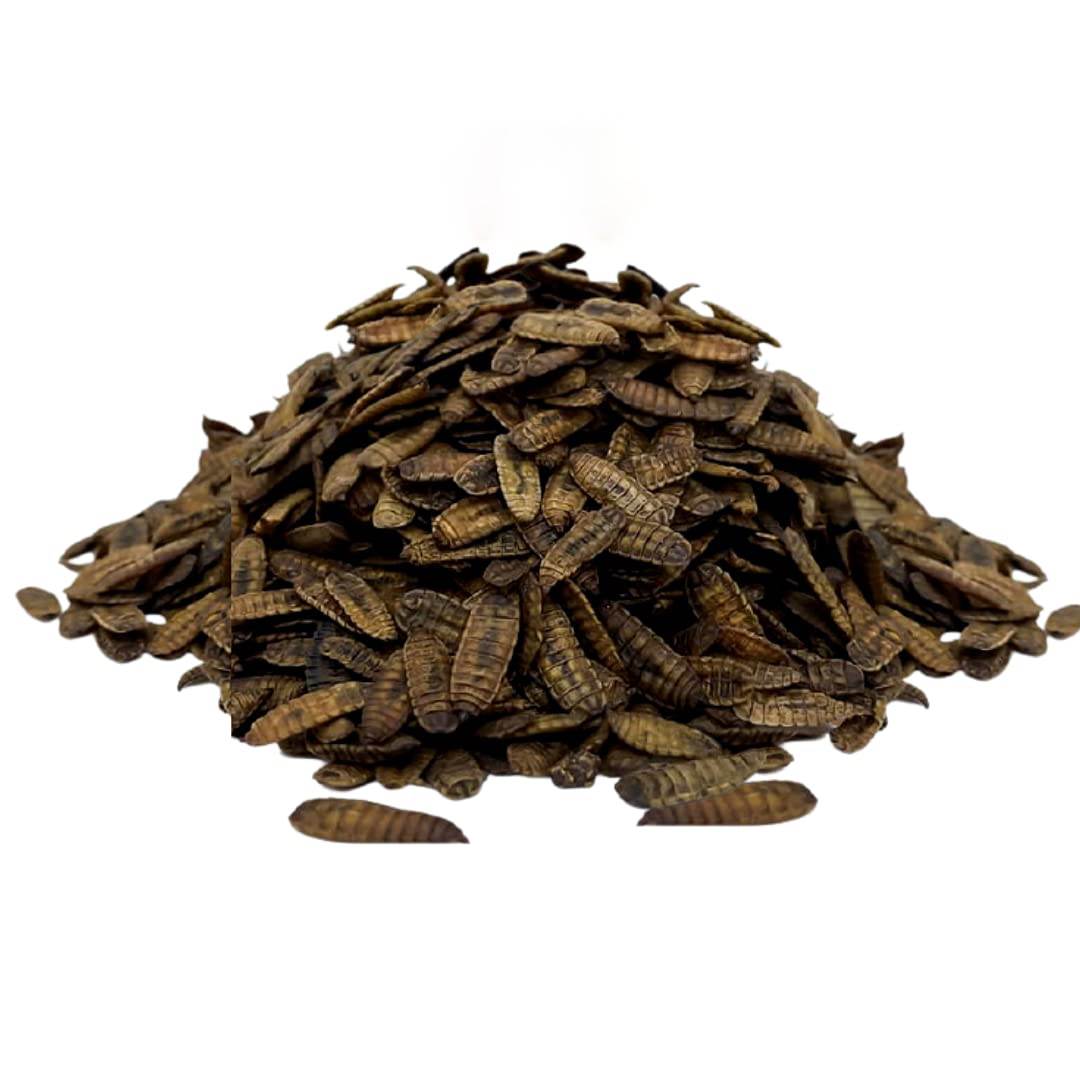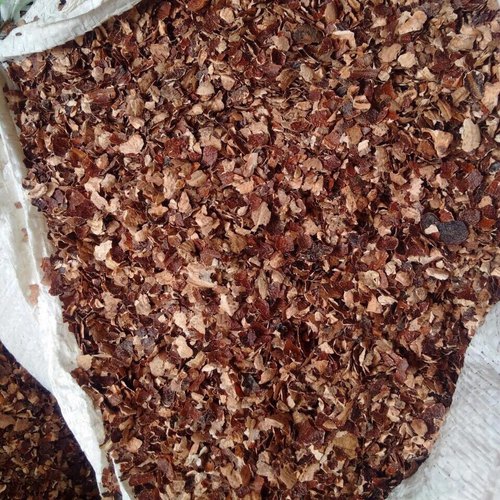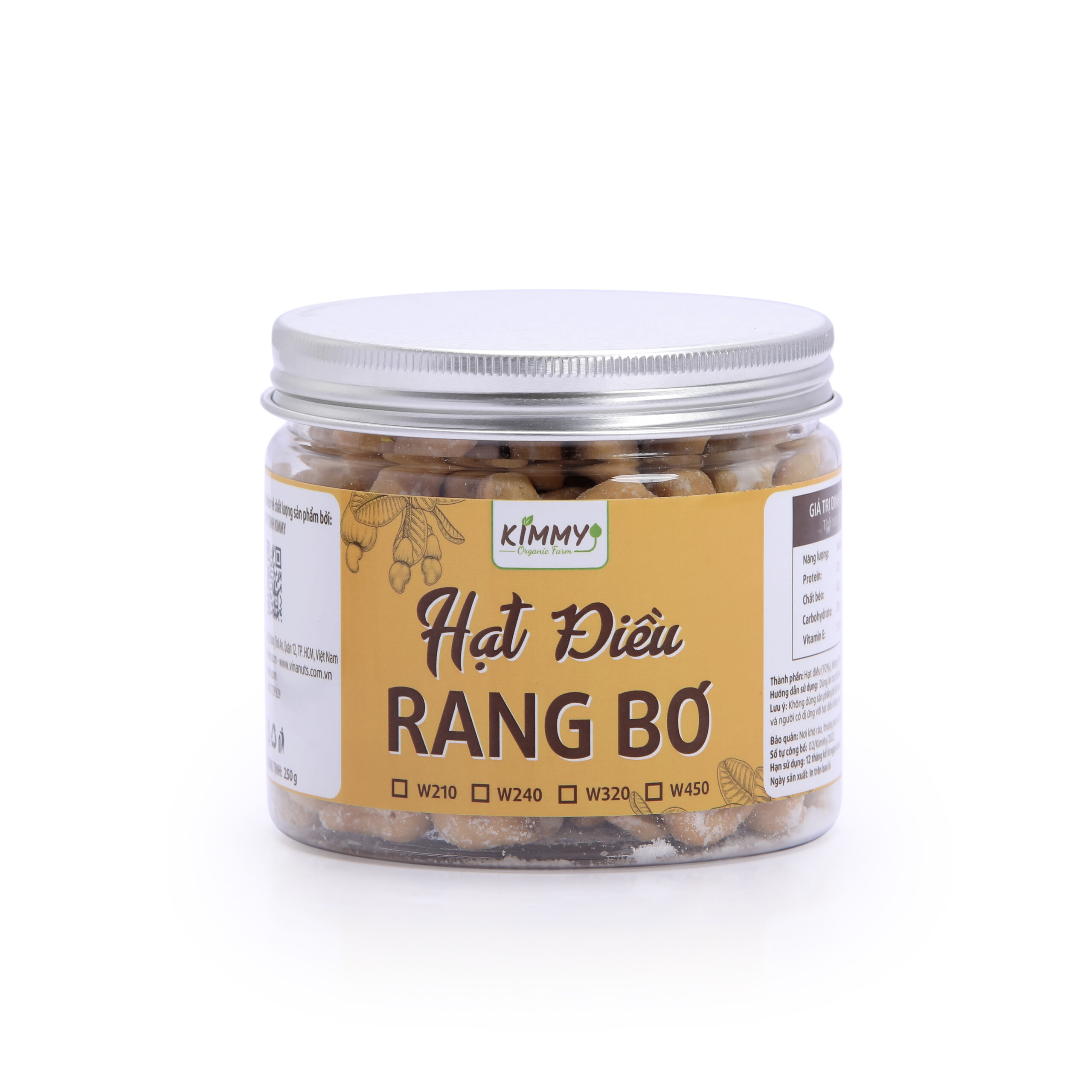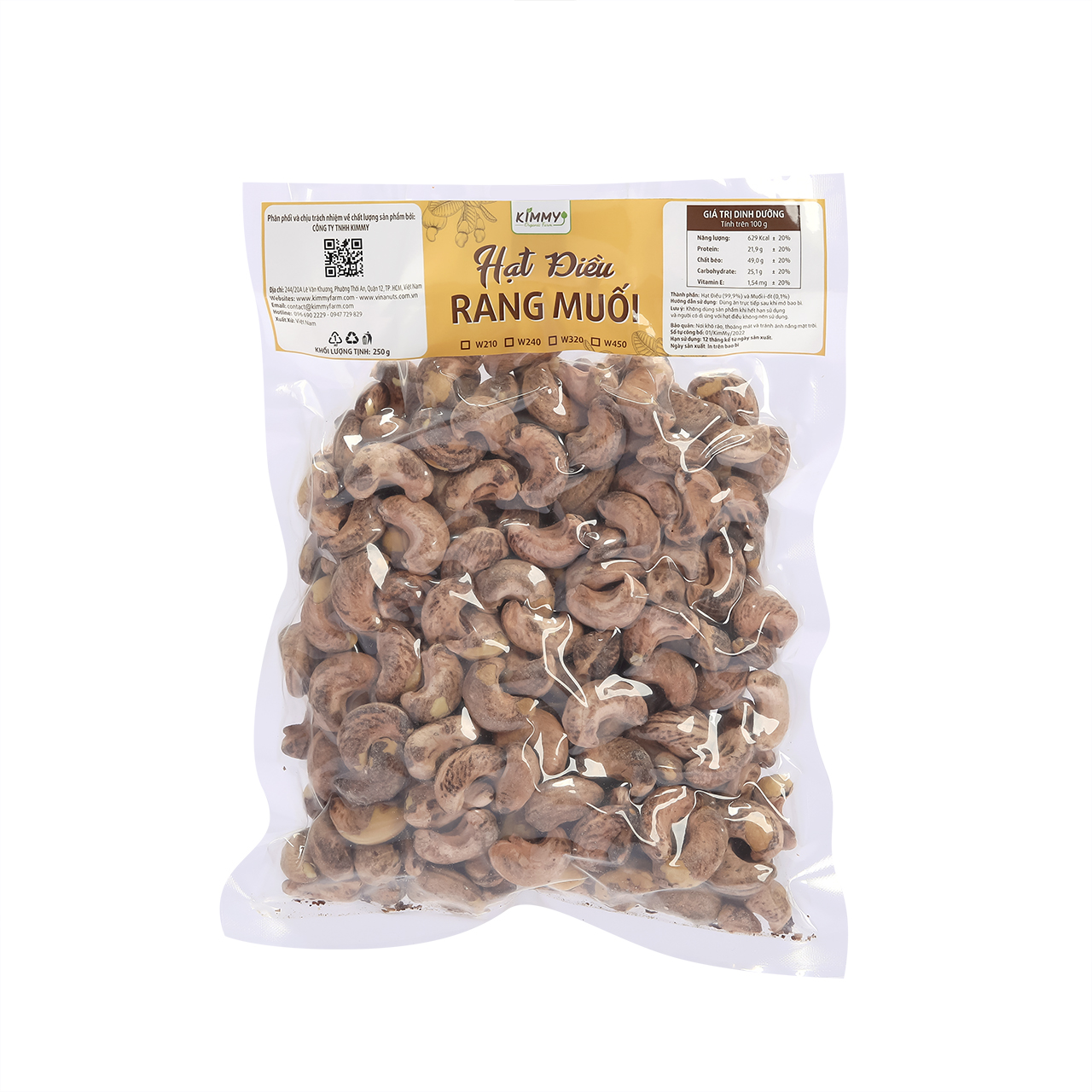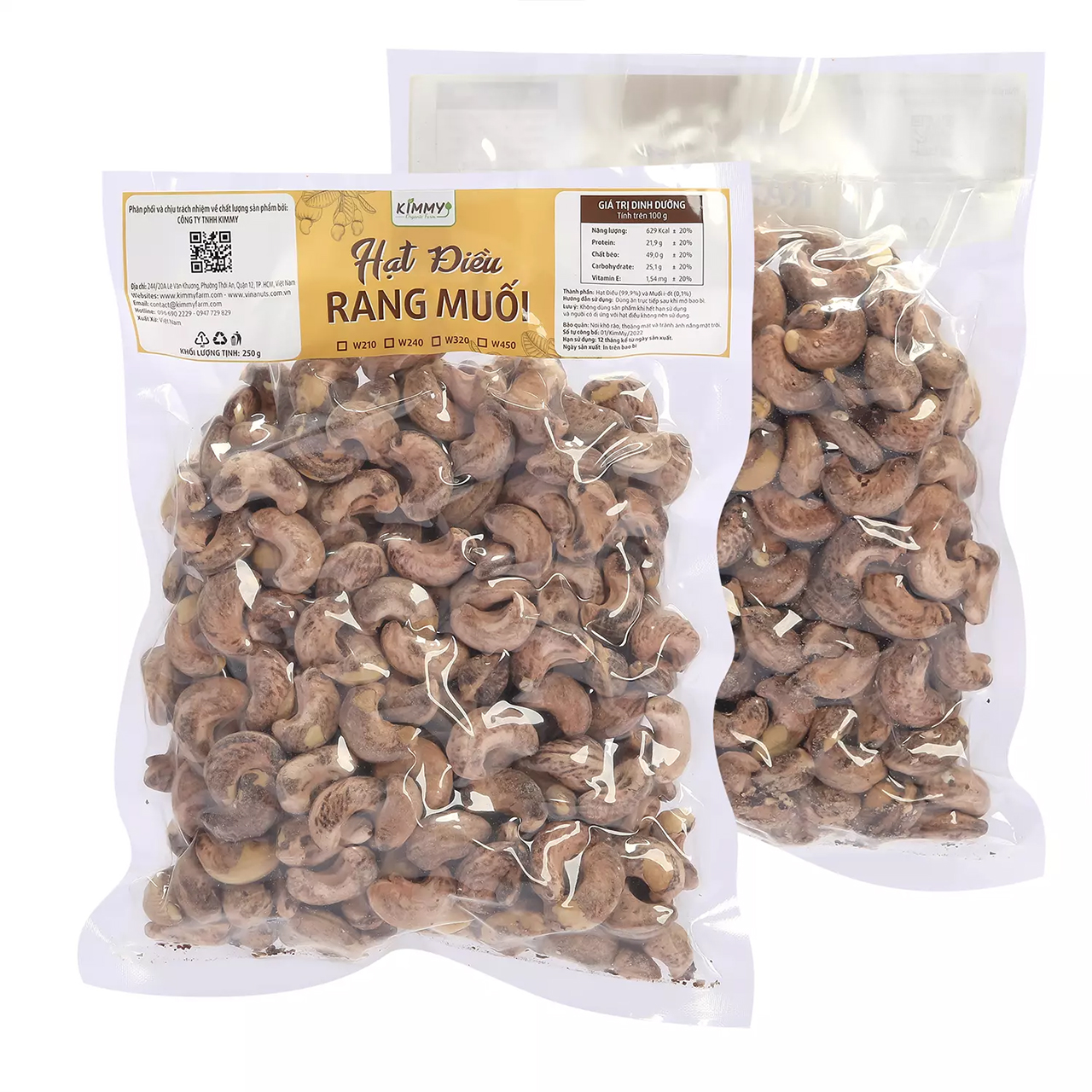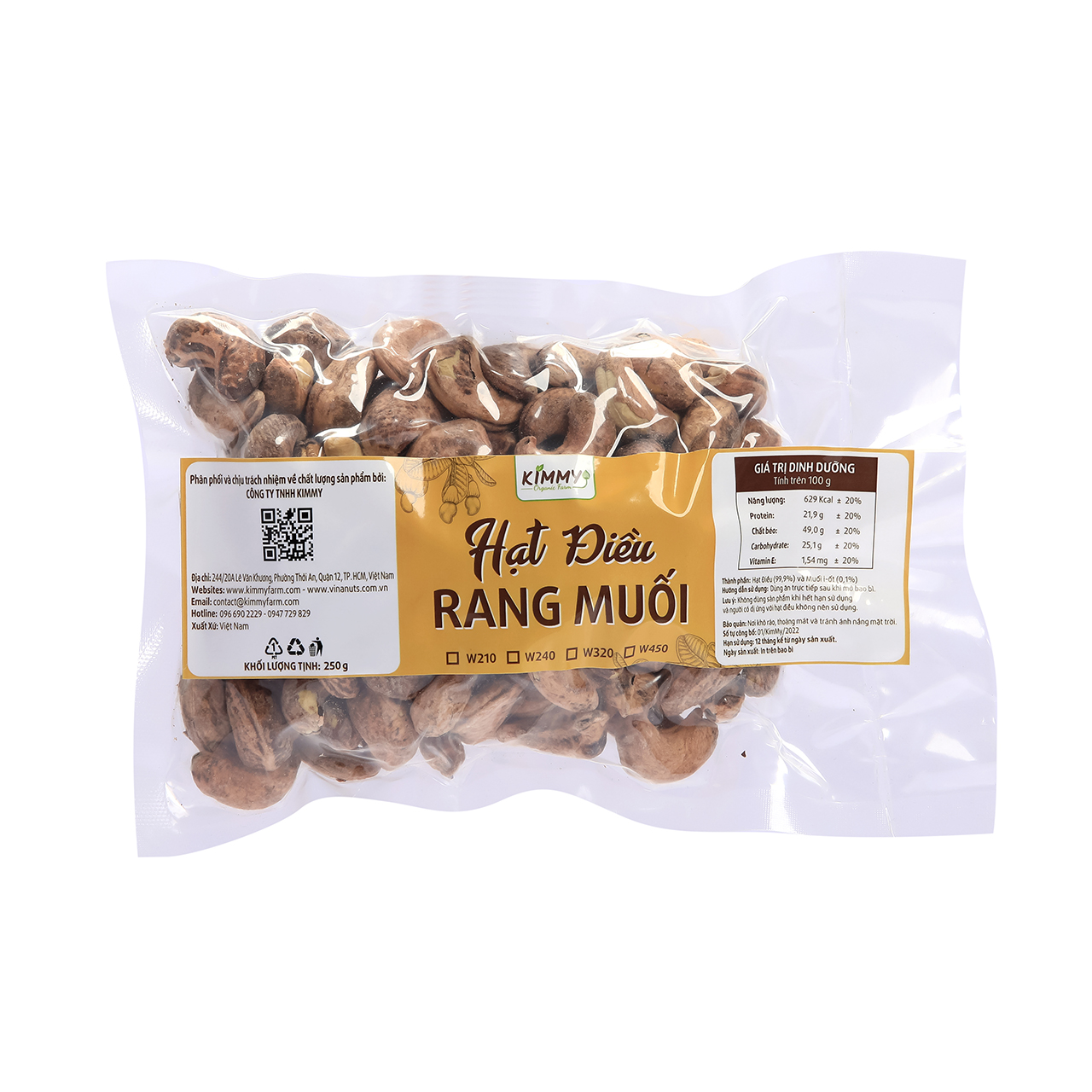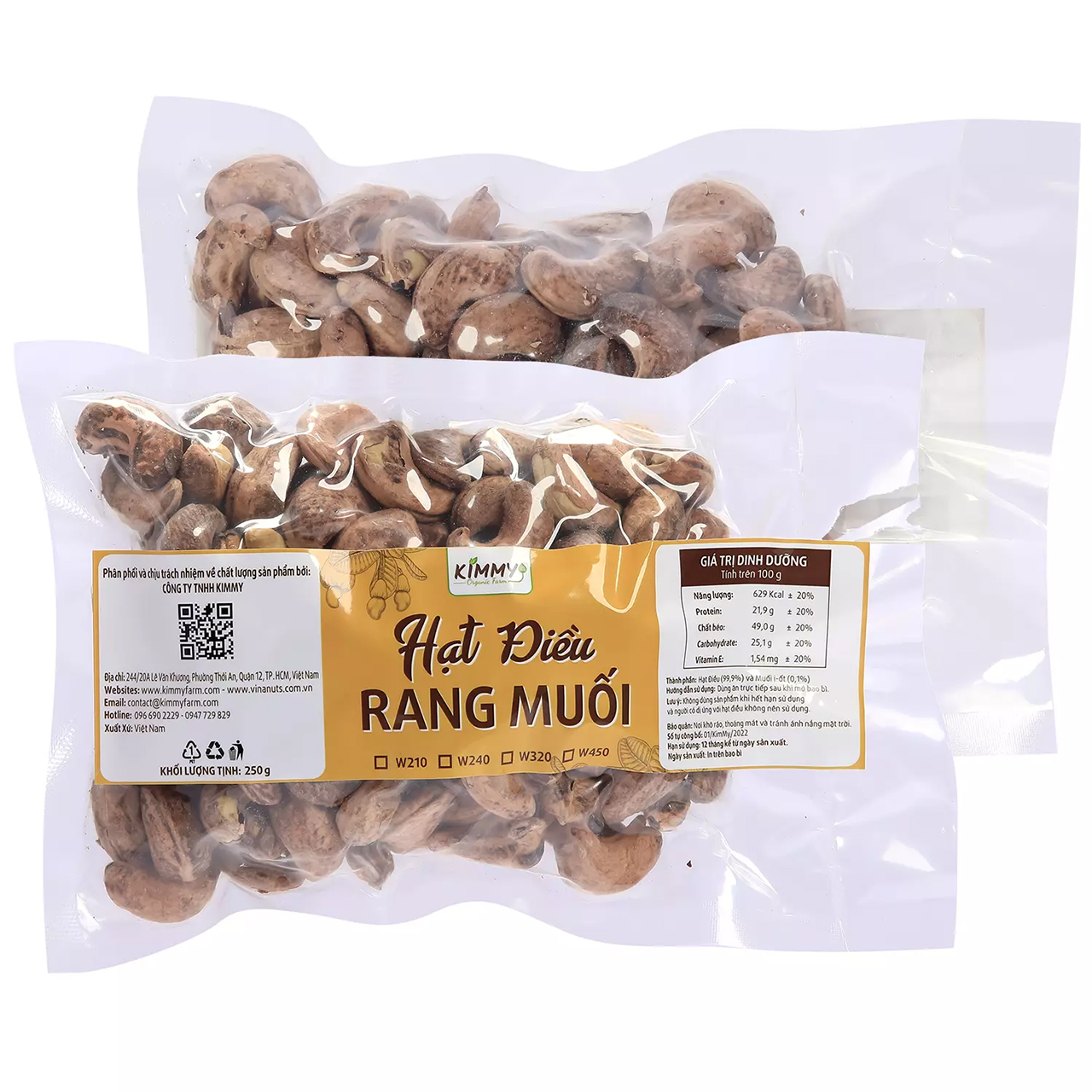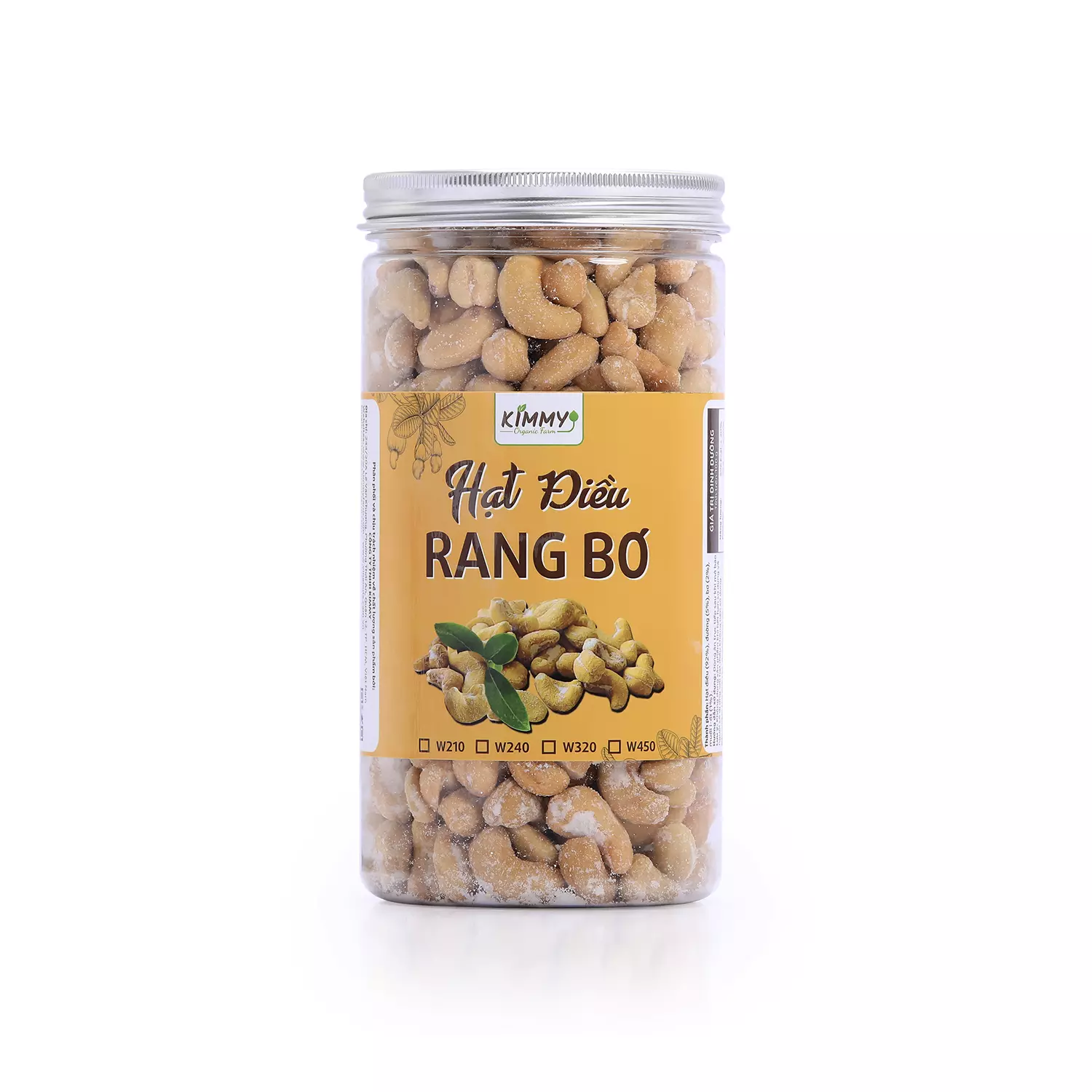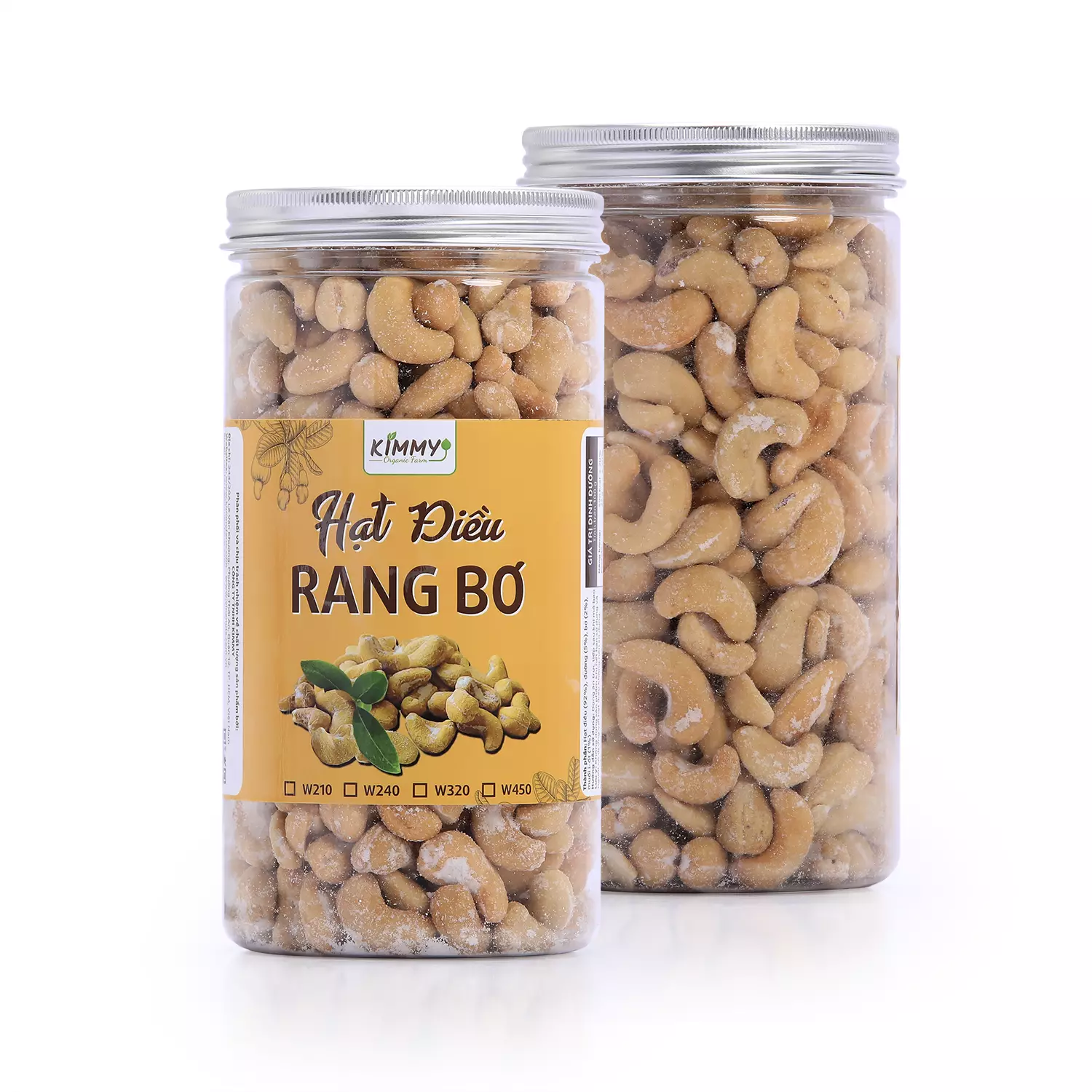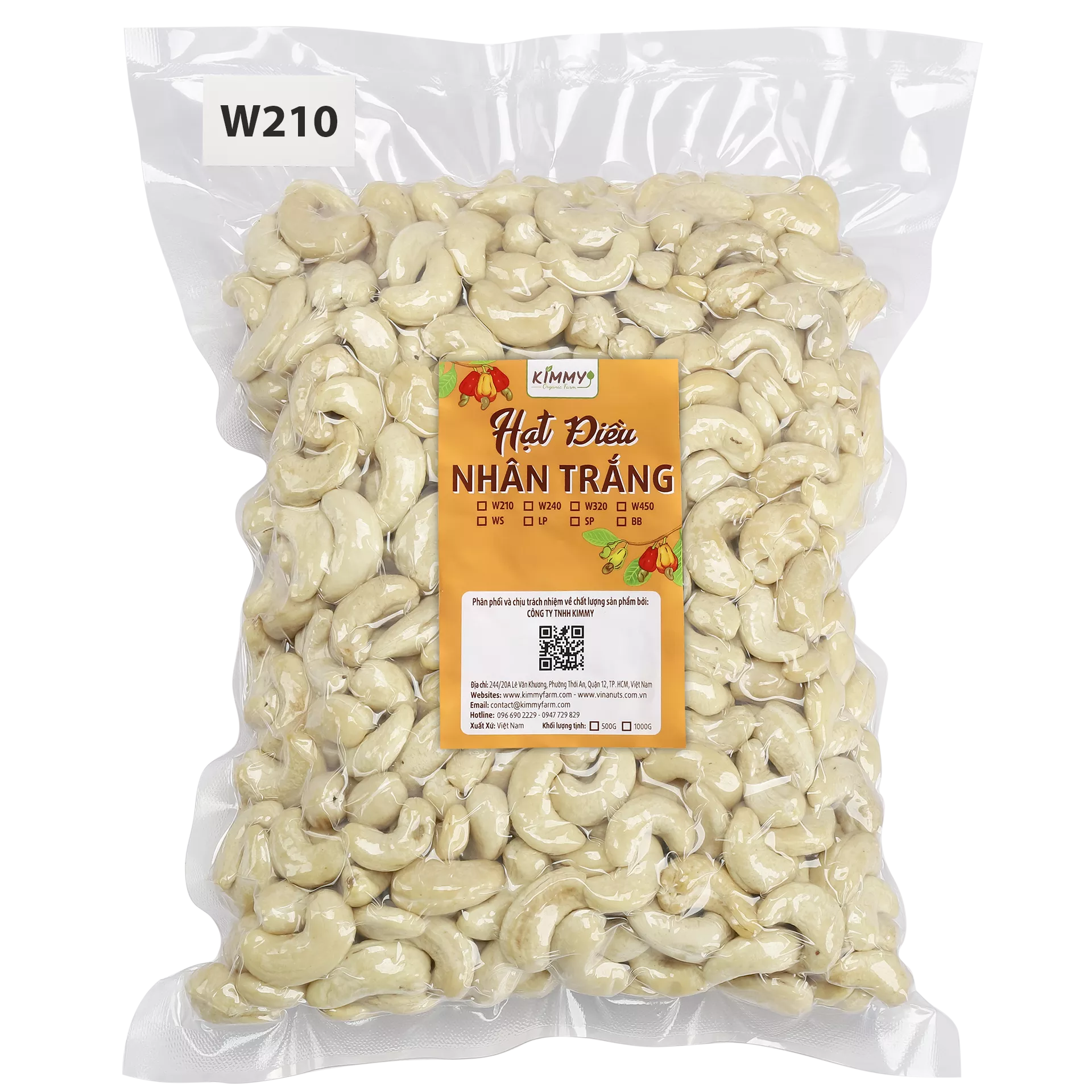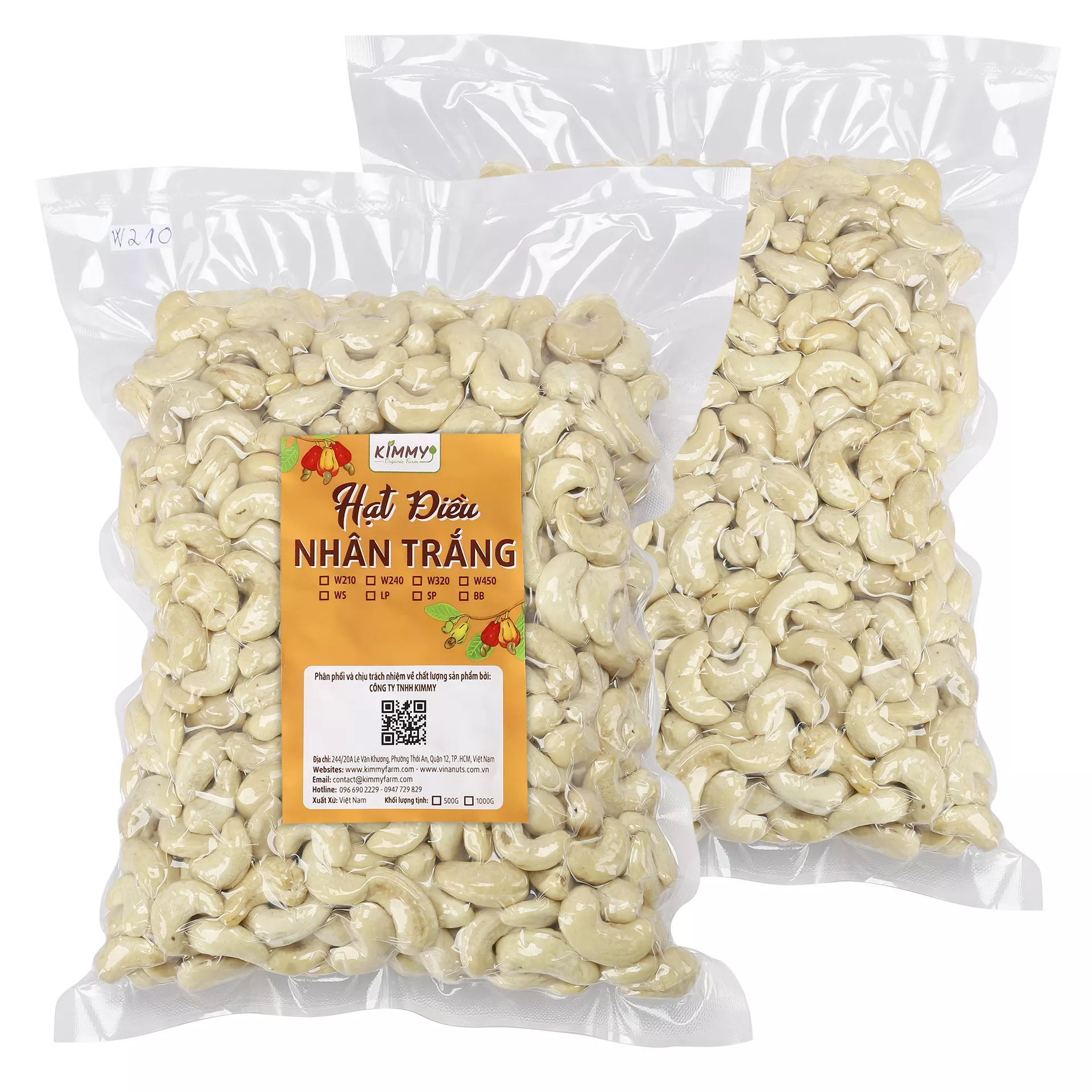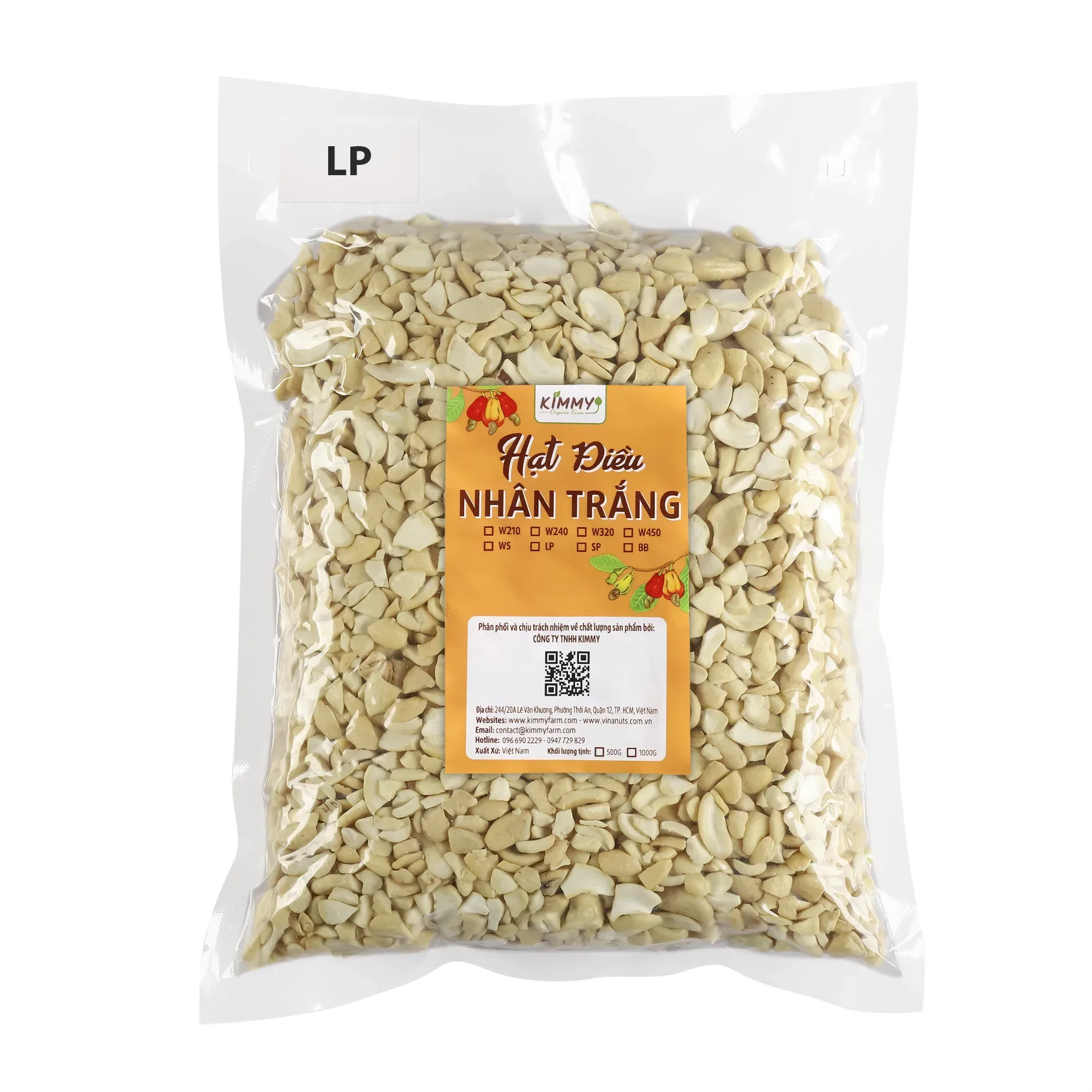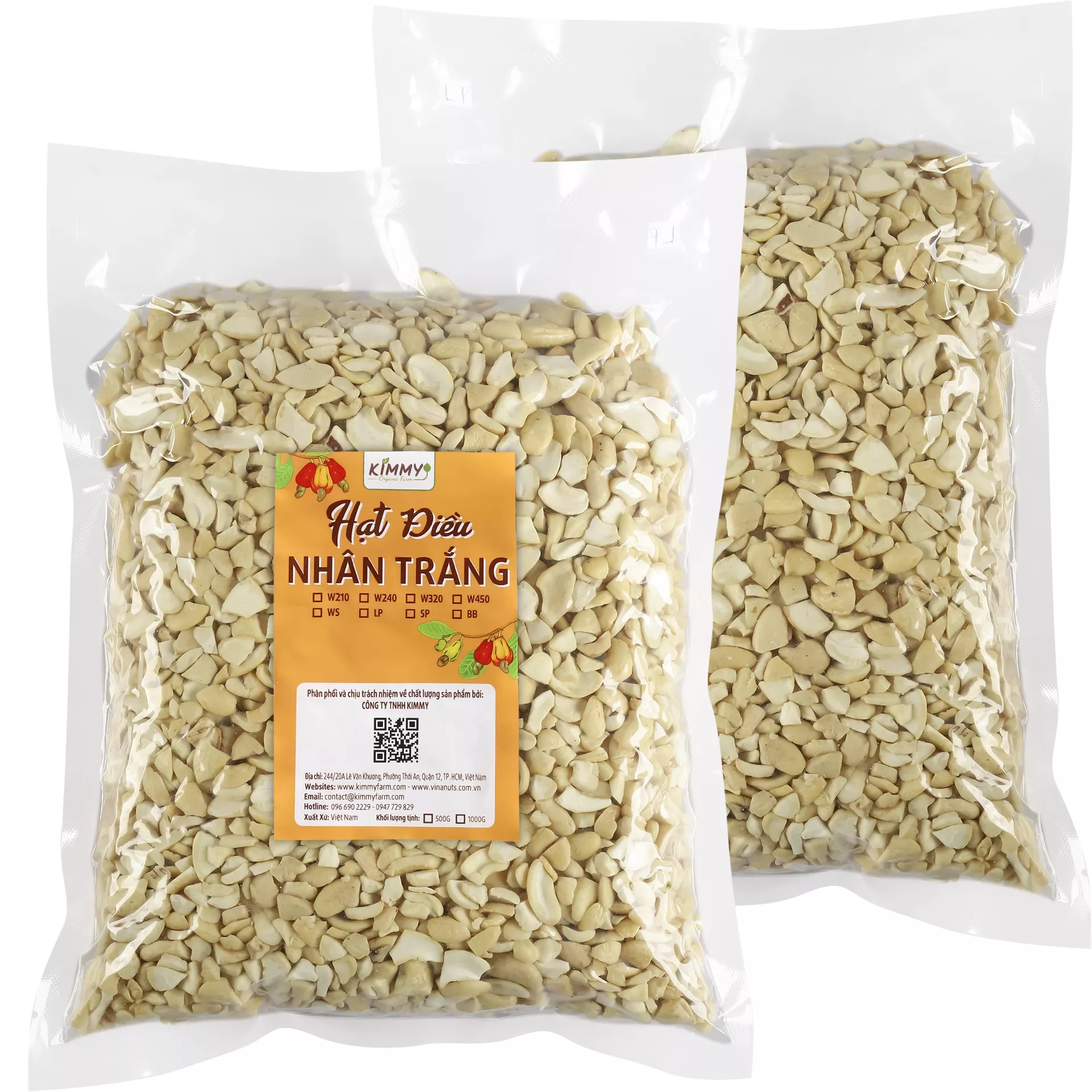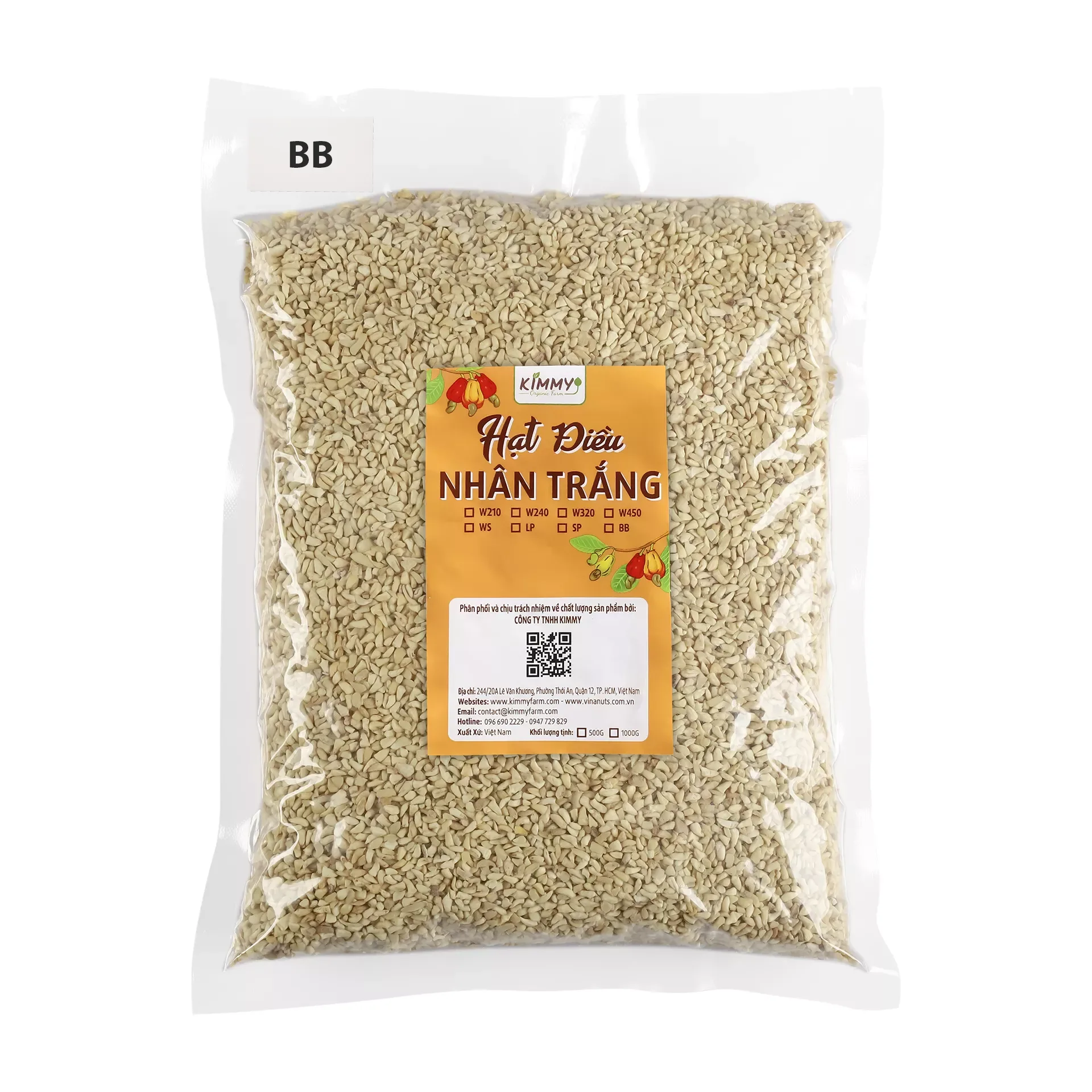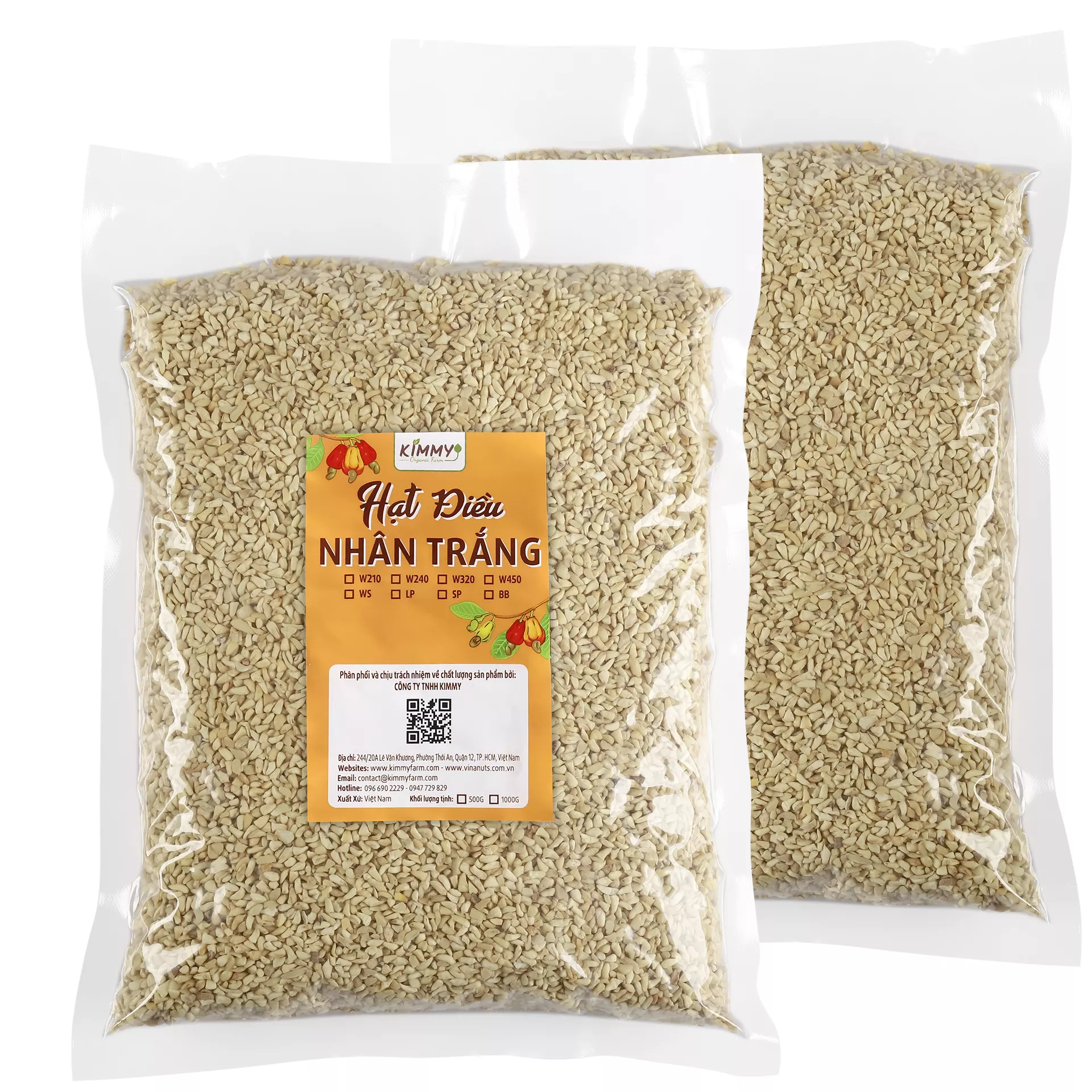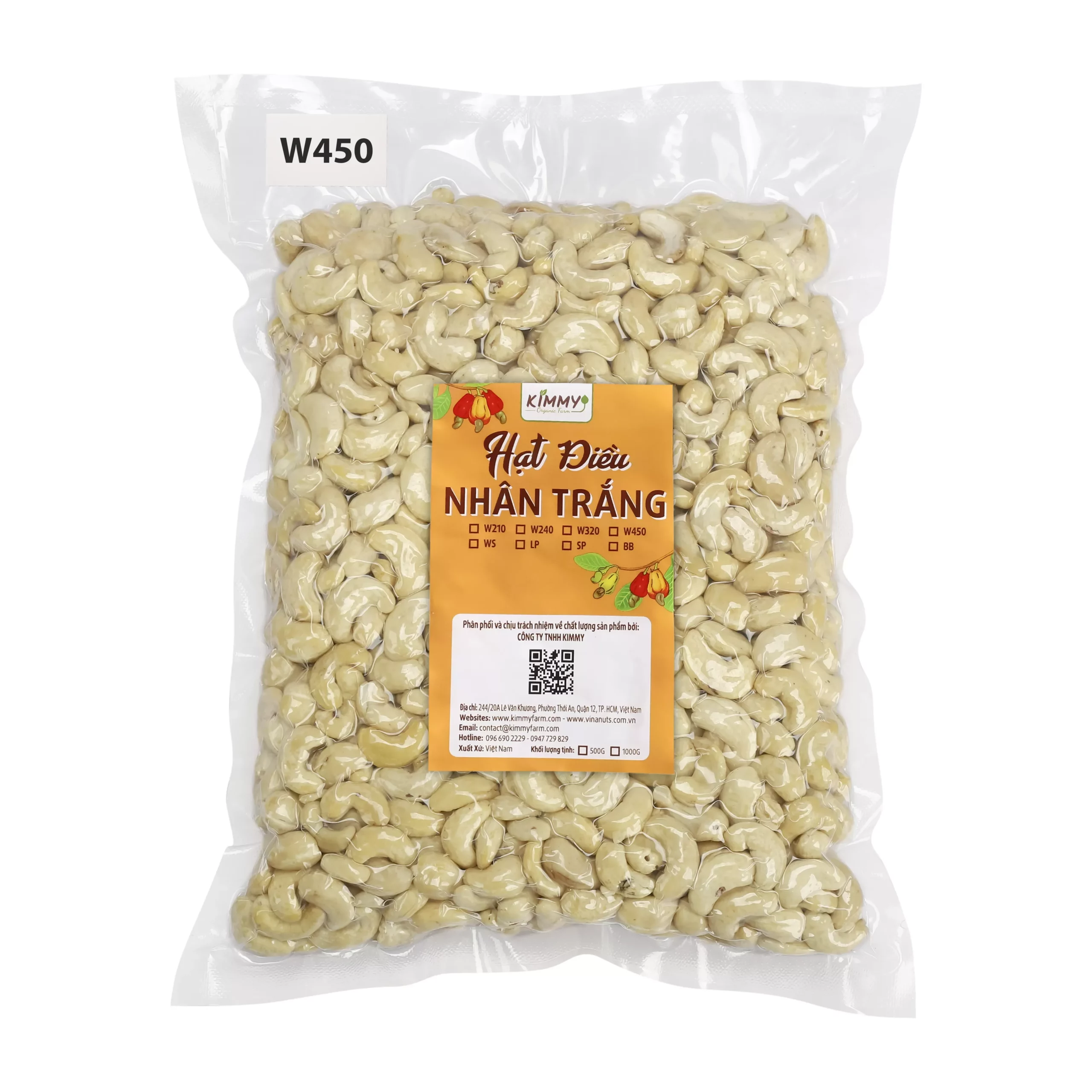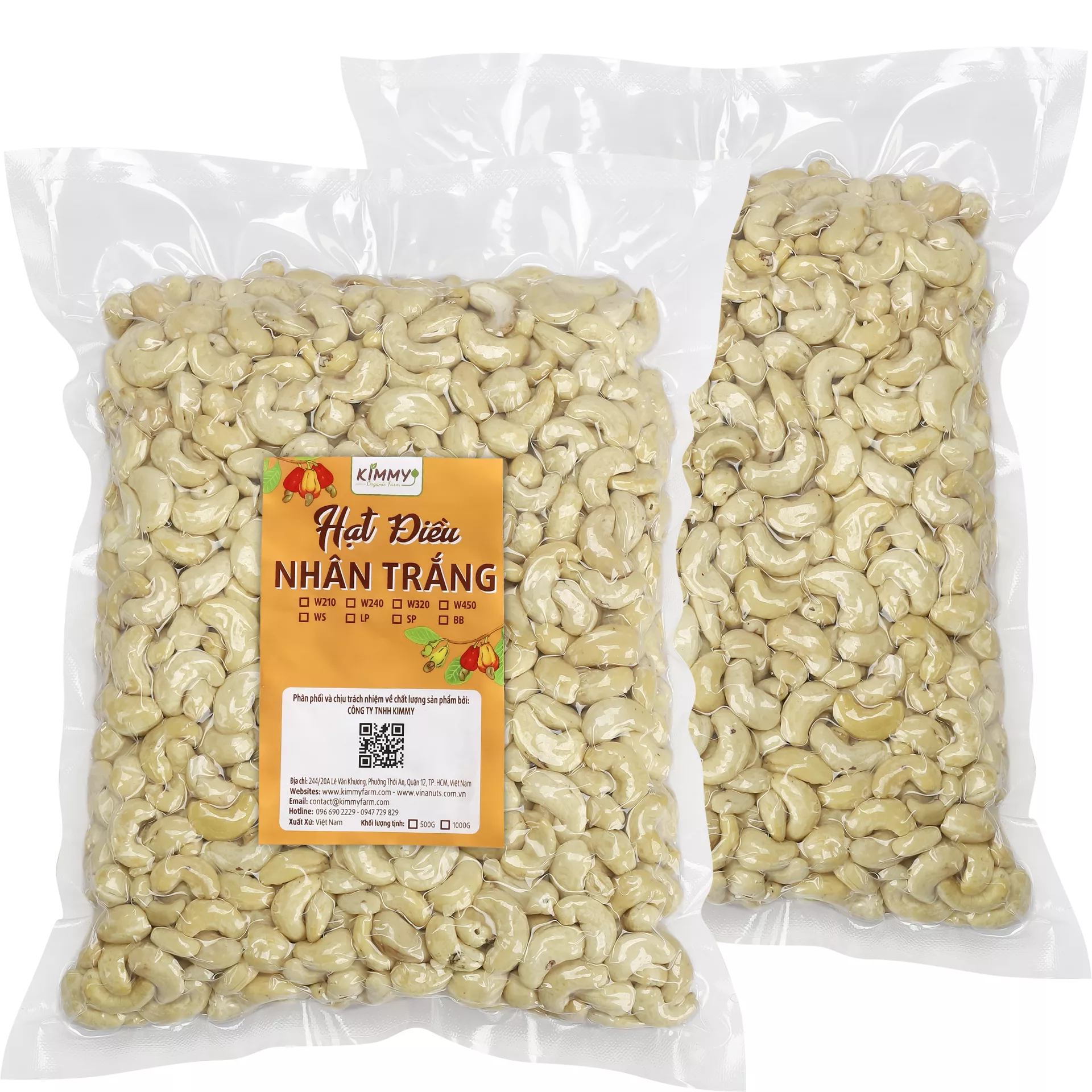Achieving the goal of producing high-quality, fat pangasius fillets demands meticulous farming practices and a keen focus on the dietary aspects that contribute to efficient pangasius production worldwide. Beyond addressing water quality and creating an optimal habitat for pangasius, the selection and treatment of their food sources are pivotal in cultivating robust, healthy pangasius devoid of parasitic diseases. Below, we will delve into an elaborate exploration of the various types of food options for pangasius, aiding breeders and seafood producers in making informed choices.
Exploring Pangasius Food Sources:
Pangasius, being omnivorous by nature, exhibit a varied diet encompassing mollusks, small fish, insects, isophytes, multicellular plants, and crustaceans. These fish demonstrate a penchant for live bait and zooplankton tailored to fit the dimensions of their mouths.
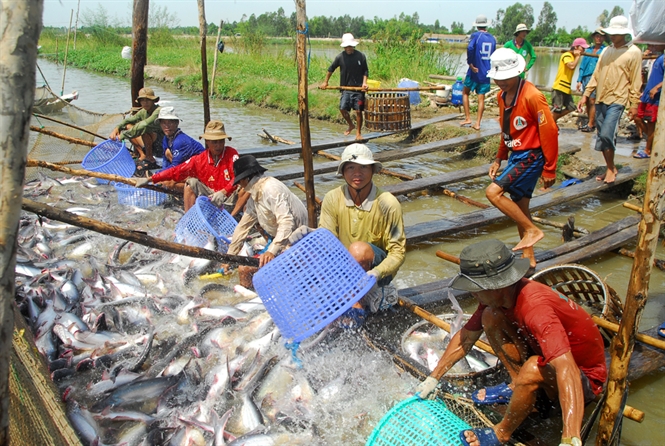
Natural Diet of Pangasius in the Wild:
In their natural habitat, pangasius derive sustenance from an assortment of food sources. These include:
- Mollusks: Comprising approximately 35.4% of their diet.
- Small fish: Accounting for around 31.8%.
- Insects: Contributing about 18.2%.
- Ecliptic plants: Constituting roughly 10.7%.
- Multicellular plants: Making up about 1.6%.
- Crustaceans: Amounting to approximately 2.3%.
Industrial Pelletized Feeds:
Commercially, pangasius are often raised with pellet-form feeds. These pellets are carefully crafted using ingredients sourced from shrimp shells, fish bones, algae, and small fish, along with additional additives. The result is protein-rich food pellets tailored for pangasius, enriched with vital nutrients like vitamins and minerals essential for their growth.
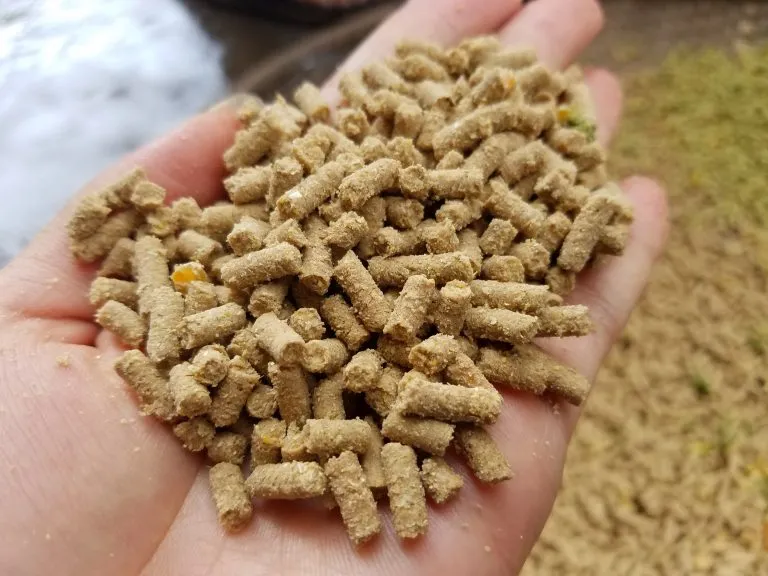
Powdered Fish Bone and Animal Bone Meal:
Powdered bone meal, a rich protein source, is created from fish bones or animal bones, blended with various ingredients and compressed into powder pellets for pangasius consumption. This nutritious food is particularly suitable for scale-skinned fish like pangasius and catfish, boasting an abundance of nutrients such as protein, minerals, and amino acids. It’s imperative to procure such bone meal from reputable sources to ensure quality and prevent potential organic contamination.
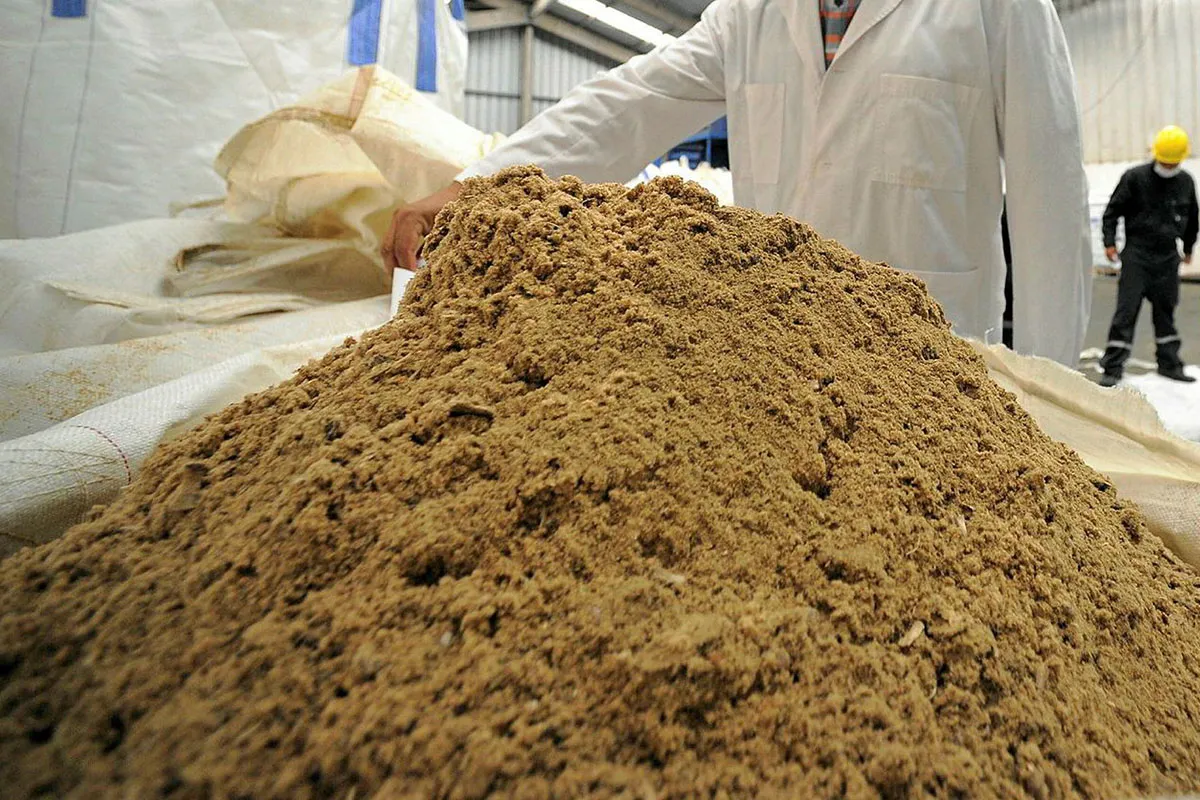
Plant-Based Foods:
In addition to animal-derived feeds, aquaculture practitioners have the option to introduce plant-based foods into pangasius diets. This may include corn, rice, rice bran, duckweed, and more. Unlike some industrial feeds that readily dissolve in water, grain-based plant feeds offer durability, cost savings, and safety. While these foods may be less appealing to pangasius, they can be creatively combined to enhance the fish’s appetite.

Fresh Foods:
Fresh foods, such as insects, larvae, snails, and small fish, hold significant appeal for pangasius. Studies have shown that pangasius exhibit better growth when provided with fresh foods, compared to artificial alternatives. However, it’s important to exercise caution as fresh foods have the potential to impact water quality. Aquaculture farmers must source fresh foods from reputable fish food manufacturers to mitigate any risks.
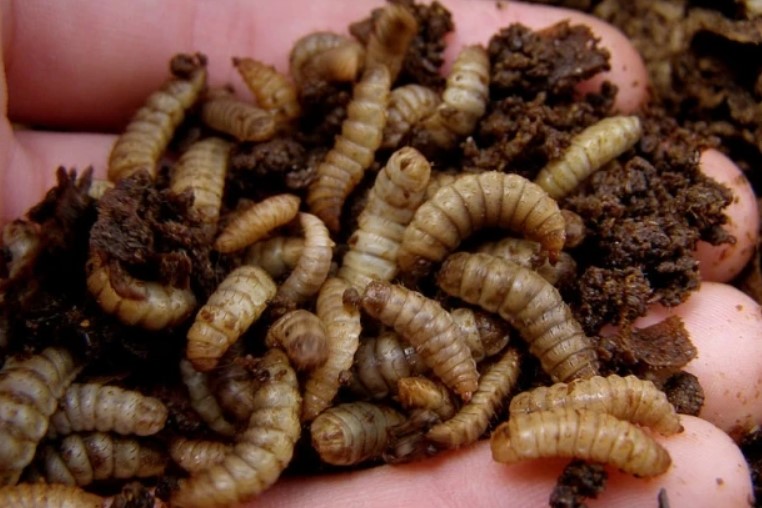
Homemade and Self-Mixed Foods:
For a more hands-on approach, some simple homemade foods, including leftovers like rice and scraps, can serve as catfish sustenance. Additionally, combining bran with ingredients such as soybeans and bone meal allows for the creation of protein-rich food tailored for pangasius. In the case of young pangasius, supplements like trash fish, shrimp, and shrimp heads are recommended to amass the necessary protein for reproductive development.
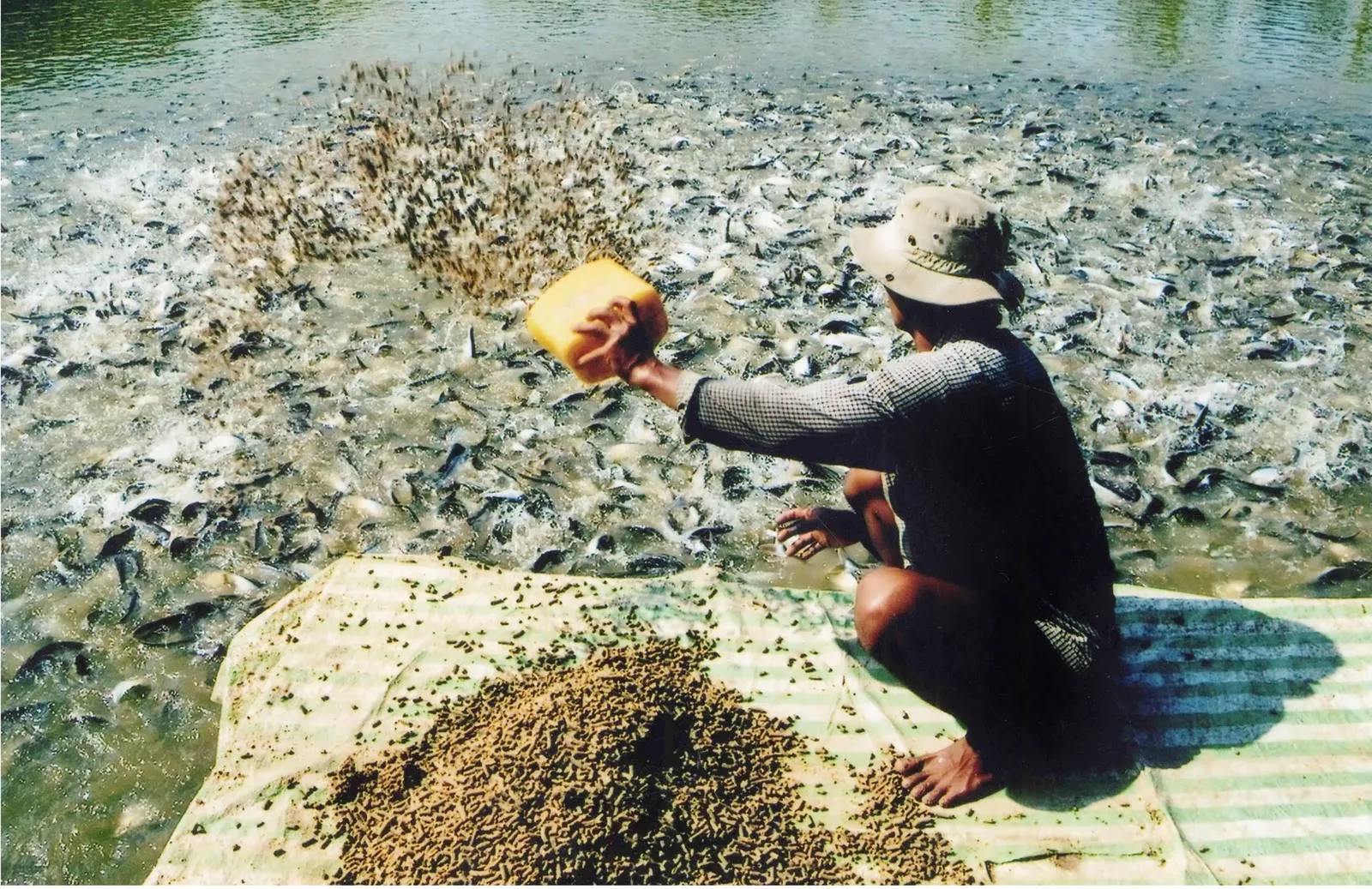
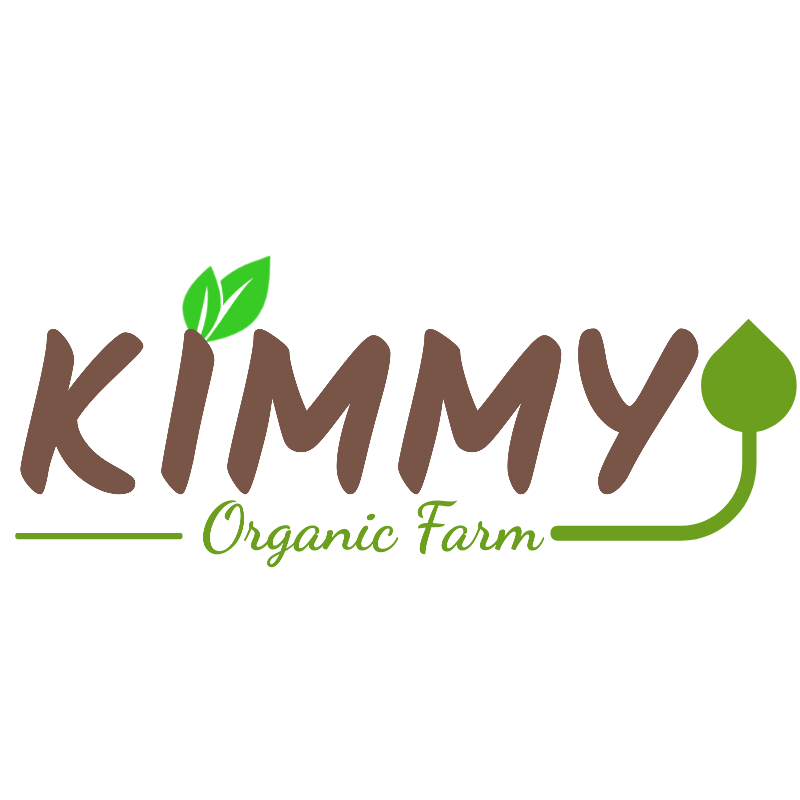
Chúng tôi là một thương hiệu chuyên sản xuất, thương mai và xuất khẩu các mặt hàng nông sản của Việt Nam. Chúng tôi có vùng trồng điều & nhà máy điều ở Bình Phước, trại nuôi ruồi lính đen ở Tây Ninh. Các mặt hàng xuất khẩu chính của Công ty là: hạt điều, hạt điều nhân, ruồi lính đen,… từ Việt Nam.
